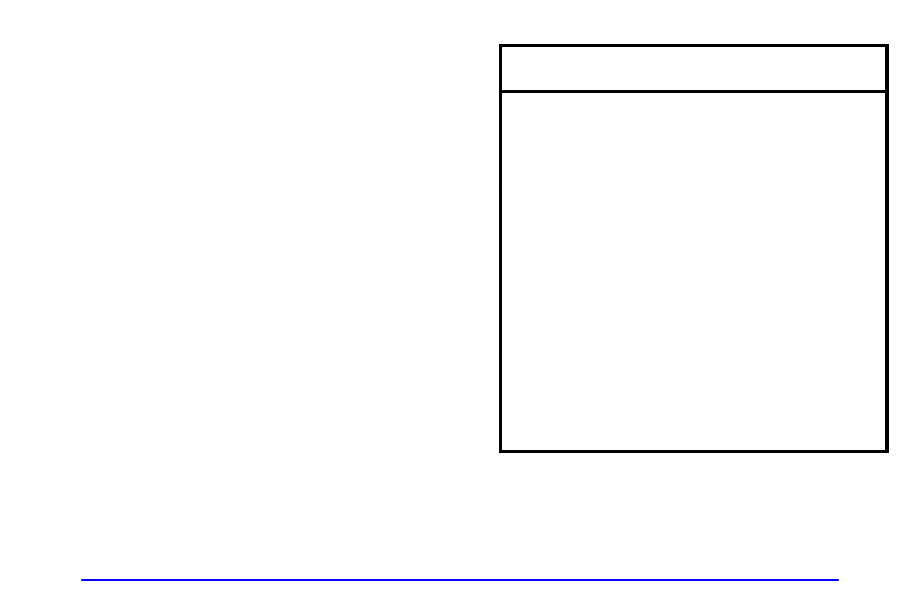Inflation -- tire pressure, Notice – Pontiac 2002 Bonneville User Manual
Page 342

6-47
Inflation -- Tire Pressure
The Tire
-
Loading Information label, which is on the
rear edge of the driver’s door, shows the correct
inflation pressures for your tires when they’re cold.
“Cold” means your vehicle has been sitting for at least
three hours or driven no more than 1 mile (1.6 km).
If you’ll be driving at high speeds (e.g., speeds of
100 mph (160 km/h) or higher), where it is legal, set
the cold inflation pressure to the maximum inflation
pressure shown on the tire sidewall, or to 35 psi
(244 kPa), whichever is lower. See the example below.
When you end this high
-
speed driving, return to the
cold inflation pressure shown on the Tire
-
Loading
Information label.
Example:
You’ll find maximum load and inflation pressure
molded on the tire’s sidewall, in small letters, near the
rim flange. It will read something like this: Maximum
load 690 kg (1521 lbs.) @ 300 kPa (44 psi) Max. Press.
For this example, you would set the inflation pressure
for high
-
speed driving at 35 psi (244 kPa).
NOTICE:
Don’t let anyone tell you that underinflation or
overinflation is all right. It’s not. If your tires
don’t have enough air (underinflation), you can
get the following:
D Too much flexing
D Too much heat
D Tire overloading
D Bad wear
D Bad handling
D Bad fuel economy
If your tires have too much air (overinflation),
you can get the following:
D Unusual wear
D Bad handling
D Rough ride
D Needless damage from road hazards